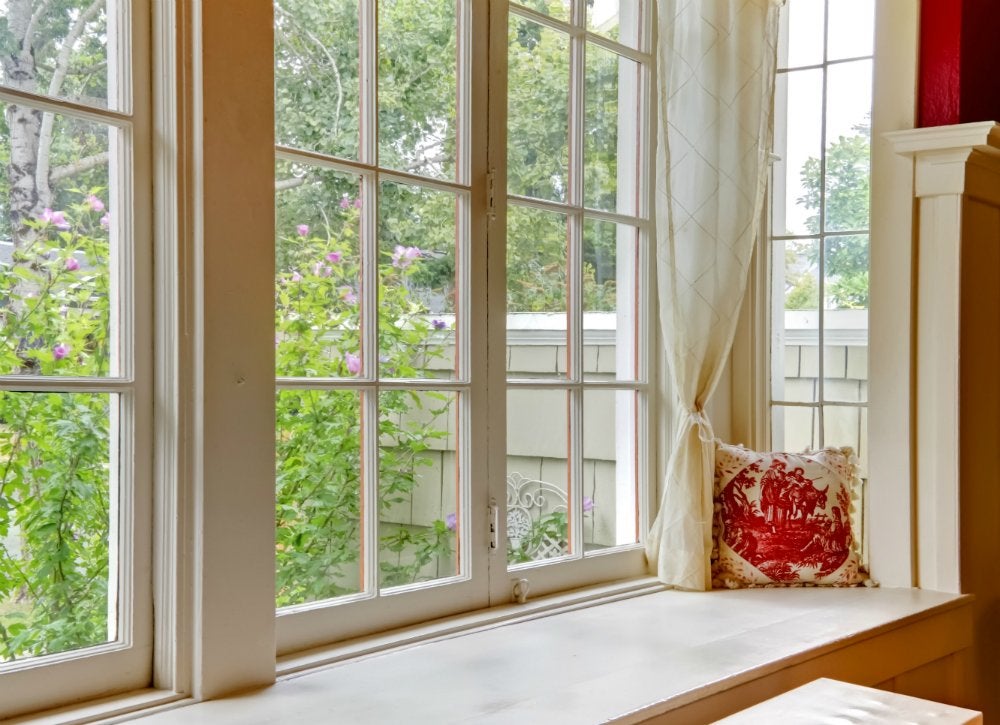
How to clean surfaces after painting
Paint splatter is a common side-effect of painting. Even the most professional painting teams will have to deal with paint stains. When it comes to how to remove paint stains, we’re going to give you the lowdown on how to remove splatter from a variety of common surfaces.
How to clean surfaces after painting
paint tray clean up
- Wrap a plastic bag around the tray (so that it sort of sits inside the bag)
- Add a layer of foil on top of the tray and bag and squeeze it around the edge of the tray so that it stays neatly in place.
After I finish decorating I can simply fold the foil in on itself, and then take the plastic bag off and turn it inside out on itself, so that it wraps around the foil – and then everything can be disposed of neatly and VERY quickly.
How to Remove Paint Stain from Tiles
There are a few easy ways that you can remove paint stains or splatter from tiles, in fact, it’s the easiest surface to do it on. Here’s how:
Invest in a good-quality paint scraping tool. Use gentle strokes to scrape off the paint from the tiles with the scrapper. Be sure not to scratch the tile or crack the tile with too much force.
How to Remove Paint Stains from Fabric
Spray hair spray onto the paint stains. Cover the stains well with the hair spray and then gently rub the stain with a soft-bristled brush. Wash the fabric in the washing machine on a gentle cycle normally thereafter.
You can try using your laundry detergent too. Apply Liquid Detergent directly to the stain or apply a paste made with Washing Powder and gently work in the tough stain-removing product. Don’t forget to dab with a clean, wet cloth to prevent detergent stains or residue from being left behind.
Cleaning paint from glass
Hot vinegar is a natural way to remove paint from glass. Simply microwave the vinegar until boiling, then don a pair of thick rubber gloves to protect your hands from the heat. Use a saturated rag to scrub the paint until softened, then follow with dish soap and water. This method is great for textured glass, where scraping isn’t an option.
Acetone nail polish remover is a great product for removing paint from glass. Simply wipe on, let sit, then wipe off.
For dried paint that refuses to come off, there are a variety of strong paint removal products available. Do your research and choose a product that works on glass, then follow the manufacturer’s instructions for safe and effective application.
Cleaning oil paint
Use mineral spirits and dish soap to clean oil-based paint off paintbrushes.
Use oil, like coconut or olive oil, to remove oil-based paint from your skin.
Blot oil-based paint stains on fabric with turpentine to remove them.
Cleaning latex Paint
Latex paint is a water-based paint. So, cleaning it up when it’s wet is simply. Use an absorbent cloth you don’t mind staining. While it’s still wet, you can also use water or soapy water to clean up the paint.
If the paint is dry, you need to reintroduce moisture to the paint. Depending on what surface the paint is on will determine how it will be rehydrated. If the paint is on carpet or some other fabric, you need to moisten it in a way that’s color safe. If you were cleaning paint off brick or concrete, you could just use an industrial solvent or paint stripper. That would eat away at the pigment on your fabric, though; it might also dissolve the fabric itself. For cleaning fabric, you’ll need water or soapy water. Warmer water is better. The heat will help loosen the paint.
PAINT STORAGE AND DISPOSAL
Clean the threads and the area surrounding the lid before placing it back on the can. Use a rubber mallet to reseal metal paint cans.
Store paint at room temperature. Do not subject paint to freezing or very high temperatures.
Contact your local government or city hall for information on disposal of old paint. Each district has different regulations for the disposal of painting materials.


Leave a Reply